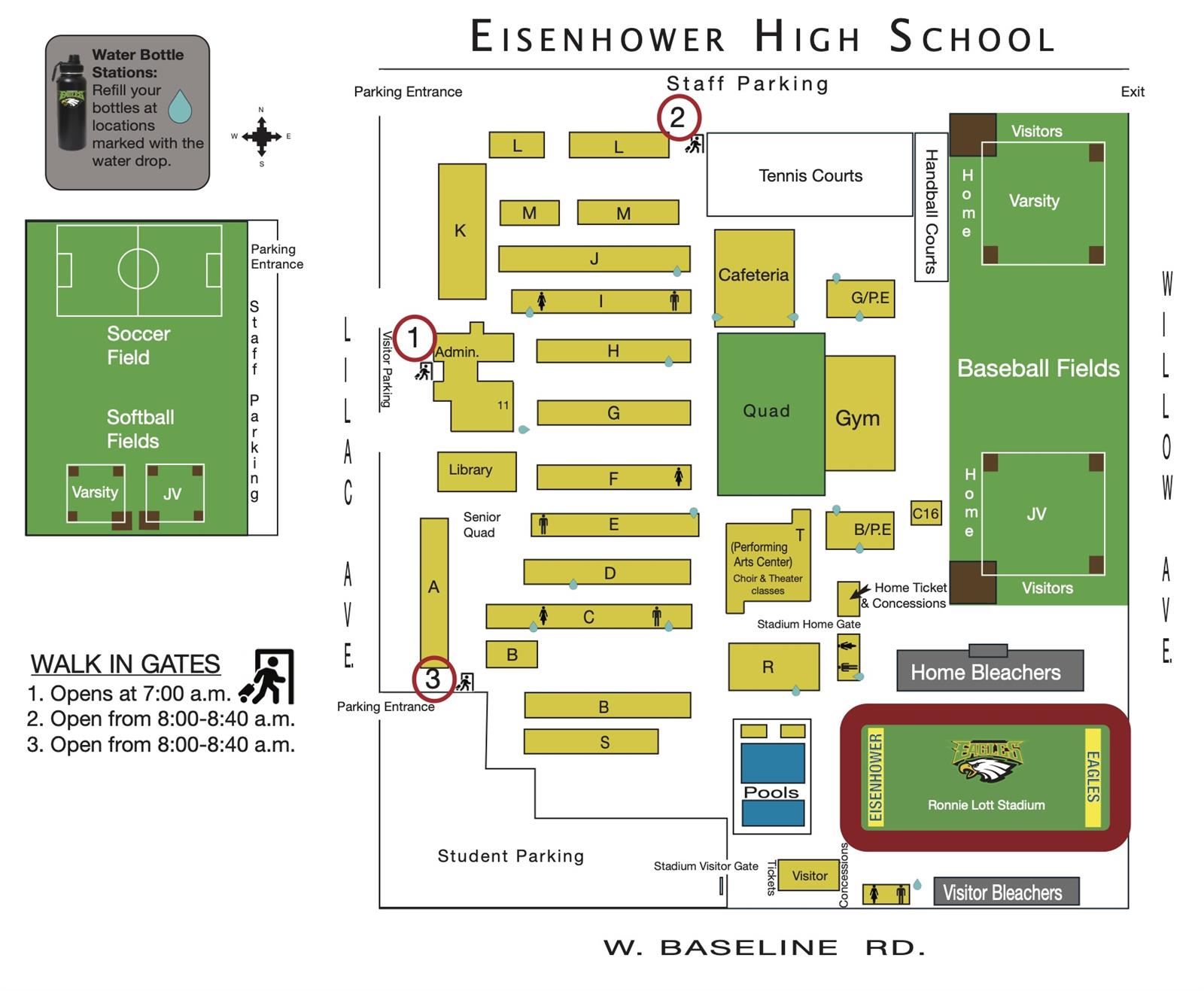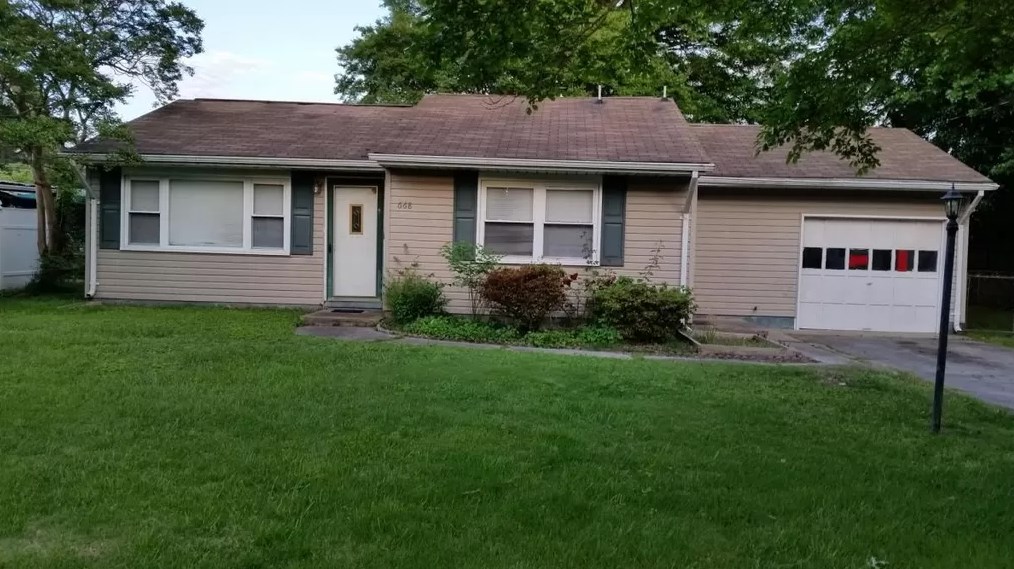Table of Content
By 2004 the university set up a permanent exhibition inside the building, and a memorial plaque, for the slave labourers of IG Farben and those who had been murdered with Zyklon B gas, was installed on the front of the building. After 10 years of debate the Senate of the University agreed in 2014 to name a place on the new campus's southern end after the former slave labourer Norbert Wollheim. Today the castle is a five-star hotel which belongs, together with the accompanying park, to the House of Hesse. Parts of the original furnishings as well as pieces of art from the collection of the empress are still present in the hotel, along with her extensive library. The grounds contain an 18-hole golf course, designed by Dwight D. Eisenhower, and a public town park.
The fine enforced programs are poised to go live on January 3rd, following a public awareness campaign educating motorists about school bus safety laws and teaching children safety tips for getting on and off the bus. NOVA Foundation is dedicated to securing private resources to support NOVA students, faculty, staff, and the mission and values of the College. There were rumors about a tunnel connecting the building with Frankfurt's main railway station. In fact there was no tunnel to the station, but a service tunnel to connect the dining facility to the main building's heating system, which was filled up during the 1996–2001 renovation. The paternoster lifts that serve the nine floors are famous, and are popular with the university students.
parking discount
IG Farben was an indispensable part of the German industrial base from its establishment in 1925, and the world's largest chemical and pharmaceutical company. Although IG Farben had been reviled on the far right and accused of being an "international capitalist Jewish company", the company nonetheless remained a large government contractor under Nazi Party rule. It became the principal location for implementing the Marshall Plan, which supported the post-war reconstruction of Europe. The 1948 Frankfurt Documents, which led to the creation of a West German state allied with the western powers, were signed in the building. The IG Farben Building served as the headquarters for the US Army's V Corps and the Northern Area Command until 1995.

The recognition comes with a $20,000 scholarship upon attending Widener University. NASD has been honored with the Best Communities for Music Education designation from The NAMM Foundation for its outstanding commitment to music education. Explore NOVA’s 7 Convenient LocationsWith locations throughout Northern Virginia, as well as online options, NOVA offers convenient learning to fit your lifestyle. Each recipient will receive a $7,500 award from Dominion Energy at an in-person ceremony on March 1, 2022.
Margate Elementary School Breaks Ground on New Classroom Building
It is the central building of the West End Campus of the university, which also includes over a dozen other buildings built after 2001. What is certain is that George VI sent the Royal Librarian, Owen Morshead, accompanied by Blunt, then working part-time in the Royal Library as well as for British intelligence, to Friedrichshof in March 1945 to secure papers relating to the German Empress Victoria, the eldest child of Queen Victoria. The papers rescued by Morshead and Blunt, and those returned by the American authorities from Chicago, were deposited in the Royal Archives.
The renaming did not have full authority in law, because the US was technically leasing the building from the German government and thus was not the rightful owner. The IG Farben Building was developed on land known as the Grüneburggelände. It was part of the "Affensteiner Feld", an area in the north of today's Frankfurt Westend District. The name Affenstein derives from an ancient Christian memorial that once stood here on the road outside Frankfurt. It was known as the "Avestein" as in Ave Maria but in the local Frankfurt dialect it was called the "Affe Stein". Here, Dr Heinrich Hoffman hired Alois Alzheimer to work in the hospital, where they both explored progressive methods of treating the mentally ill.
NOVA’s Kwabena Konadu Receives SCHEV’s 2022 Outstanding Faculty Award
During the early Cold War, it was referred to by US authorities as the Headquarters Building, United States Army Europe ; the US Army renamed the building the General Creighton W. Abrams Building in 1975. Norristown Area School District will recommend but not require masks for all students, staff, and visitors in all schools, offices, and district buildings effective Thursday, March 3, 2022. Masks will also be recommended, but not required on all district provided transportation.
After the recent restoration, the university has pledged to preserve them in perpetuity. Work on the foundations began in late 1928, and in mid-1929 construction started on the steel frame. The building was completed in 1930 after only 24 months, by employing rapid-setting concrete, new construction materials and a round-the-clock workforce. Later in 1930, the Frankfurt director of horticulture Max Bromme and the artists' group Bornimer Kreis developed designs for the 14 hectares of parkland that surrounded the building. The grounds, and the complex as a whole, were completed in 1931 at a total cost of 24 million Reichsmark (equivalent to 91 million € in 2021). The hotel was used as a filming location for the 2021 film Spencer, where its interiors doubled for Sandringham House.
January 1, 2023
The building's original design in the modernist New Objectivity style was the subject of a competition which was eventually won by the architect Hans Poelzig. On its completion, the complex was the largest office building in Europe and remained so until the 1950s. The IG Farben Building's six square wings retain a modern, spare elegance, despite its mammoth size. At the reflecting pool behind the building, the "Am Wasser" sculpture of a naked water nymph was moved during the American occupation. The nymph was moved to the Hoechst chemical company in Frankfurt/Hoechst at the request of Mamie Eisenhower (the general's wife), who deemed it inappropriate for a military installation.
The IG Farben Building consists of six wings, connected by a gently curved, central corridor. This arrangement provides all of the offices with sufficient natural light and ventilation. This design approach for large complexes offers an alternative to the "hollow rectangle" schemes of the time, with their typical inner courtyards. The prototype of this form is the General Motors Building in Detroit (1917–21) by Albert Kahn.
Frankfurt was chosen because of its centrality and its accessibility by air and land. The waiting times for this flight have not yet been determined or are not available. Please try again later or refer to the information boards at the airport.

The building presents a very large and weighty façade to the front, but this effect is reduced by the concave form. After 1952, the building served as the European centre of the American armed forces and the headquarters of the U.S. It later became the headquarters for the Northern Area Command until 1994. The IG Farben Building was also the headquarters of the CIA in Germany, which led to its sobriquet 'the Pentagon of Europe'. On April 16, 1975, the US Army renamed the building the General Creighton W. Abrams Building.
Consequently, the space requirements for the building were for one of the largest office buildings ever constructed. On May 11, 1972, three bombs were set off by the West German terrorist group Rote Armee Fraktion (Red Army Faction, i.e., the Baader-Meinhof Group). Two bombs went off in a rotunda in the rear entrance of the IG Farben building, and a third exploded in a smaller building behind the IG Farben building that was serving as the US Military's officer's club. Lt. Col. Paul Bloomquist was killed by the last bomb, and dozens of Americans and Germans were injured. The IG Farben building was attacked again by the same group in 1976 and 1982. Consequently, the publicly accessible adjoining park became part of a restricted military zone which also included the military living quarters and work areas at the rear of the building.
Behind the IG Farben Building, the state of Hessen intends to build "Europe's most modern campus" to accommodate the remaining departments of the University's old Bockenheim campus, law, business, social sciences, child development, and the arts. Construction of the students' union building and of the faculty building for linguistics, cultures, and arts has begun. The last step to complete the new university campus will be the relocation of the main library within the 2020s. The IG Farben Building – also known as the Poelzig Building and the Abrams Building, formerly informally called The Pentagon of Europe – is a building complex in Frankfurt, Germany, which currently serves as the main structure of the West End Campus of the University of Frankfurt. Construction began in 1928 and was complete in 1930 as the corporate headquarters of the IG Farben conglomerate, then the world's largest chemical company and the world's fourth-largest company overall. After completion, the building was the headquarters of IG Farben for 15 years.

















